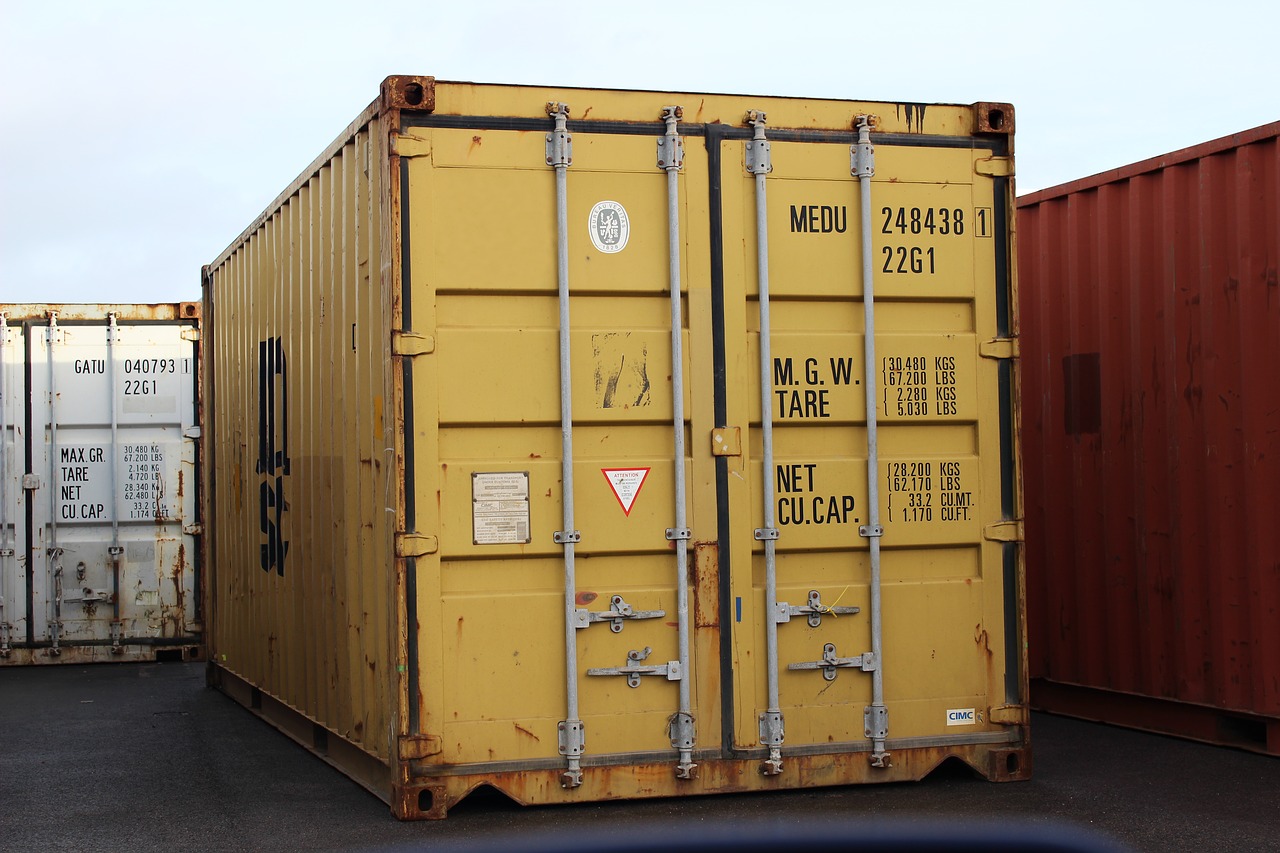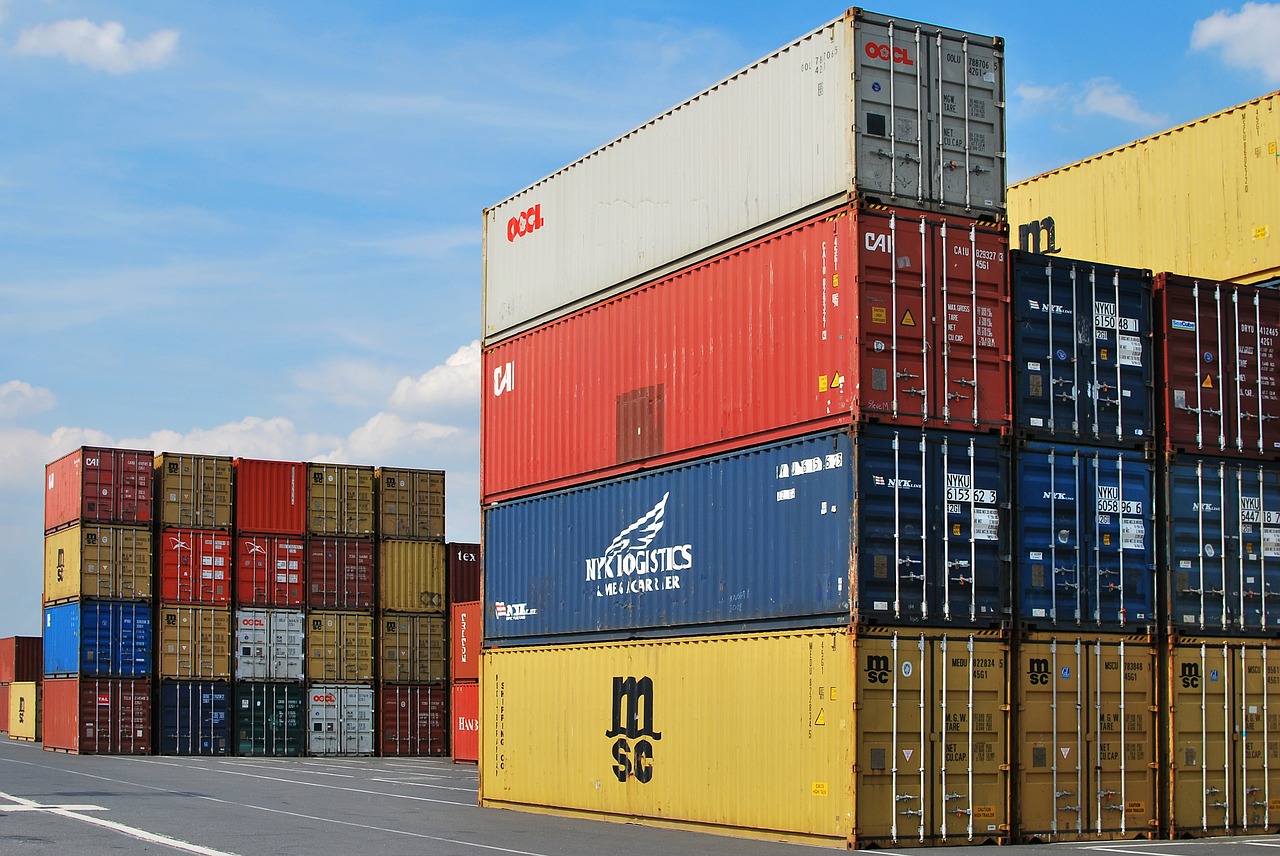Using a self-storage unit is sometimes necessary and can be cheaper than the alternative of hiring an apartment moving service. You may have to vacate your previous home, before your new home is ready, for example. Whatever the reason for renting storage, it’s important to know how best to pack your belongings into the storage unit to maximize the use of the space and to protect your items from damage.
1. Lay Down Pallets
This is especially important if you live in an area that receives regular rain or snowfall (not likely here unless it’s monsoon season!). There’s no telling if water will be able to leak into the unit, so setting wooden pallets down first will protect your items. For just a few bucks, you can get enough pallets to create a barrier between your things and the floor. Unless the flooding is excessive, this will be enough to protect your things from water damage.

2. Wrap Everything in Plastic
Many moving and storage businesses sell industrial size shrink wrap rolls. There are a few reasons you should consider investing in some. Wrapping your boxes and furniture in plastic will protect everything from accumulating dust and debris, while it sits in storage. Additionally, the plastic wrapping will protect against insects and rodents hitching a ride.
3. Stick with the Same Size of Box
Limit your boxes to just one or two sizes so that you can pack the unit more efficiently. This will make it easier to stack them, allowing you to take advantage of the height of the unit. On that note, make sure all of your boxes are fully packed, even if it means stuffing half of the box with foam or bubble wrap. A partially packed box will be weaker and may crush under the weight of other boxes.
4. Create an Inventory List
Even if you label each box, you’ll want to keep a separate list that you can access from home. This list should detail every item you have in the storage unit, and it may be wise to add the estimated value of each item. This will help you keep track of everything you have in the unit in case something is needed, before completing your move. Also, this will help with a claim for damages, if the unit gets flooded or destroyed. Thankfully, there are plenty of apps you can use to easily create your inventory and keep track of things.
5. Renters Insurance
Just like apartments, renters insurance can protect your things in a self-storage unit. Even if you only intend to use the unit for a short term, it’s still wise to invest in some insurance to protect your valuables. There’s no telling when a natural disaster may strike, destroying your belongings.

6. Pack Furniture First
By moving your furniture into the storage unit first, they will be in the back and out of the way. This will make it easier to get at the boxes if you need access to some of your belongings. Additionally, large flat pieces, like headboards and table tops, can provide stabilizing support for stacking boxes.
By organizing the way you pack your things into the unit, you can take the most advantage of the available space. This can be helpful, especially if you have a tremendous amount of boxes of stuff into the unit. By stacking with precision and keeping everything organized, your things will remain safe, while you wait to move into your new home.



